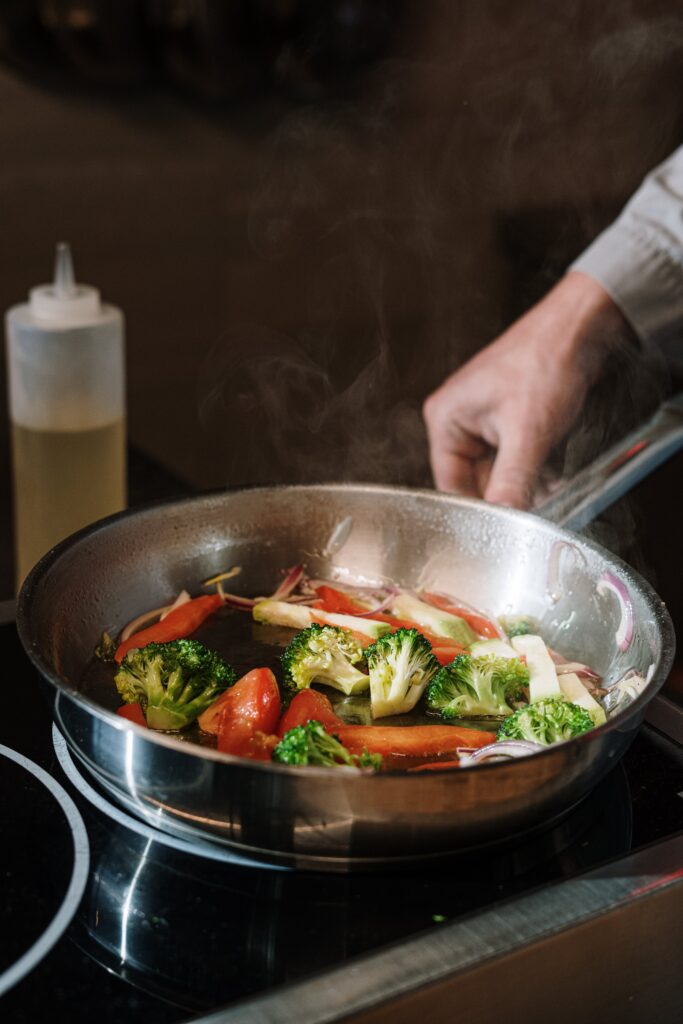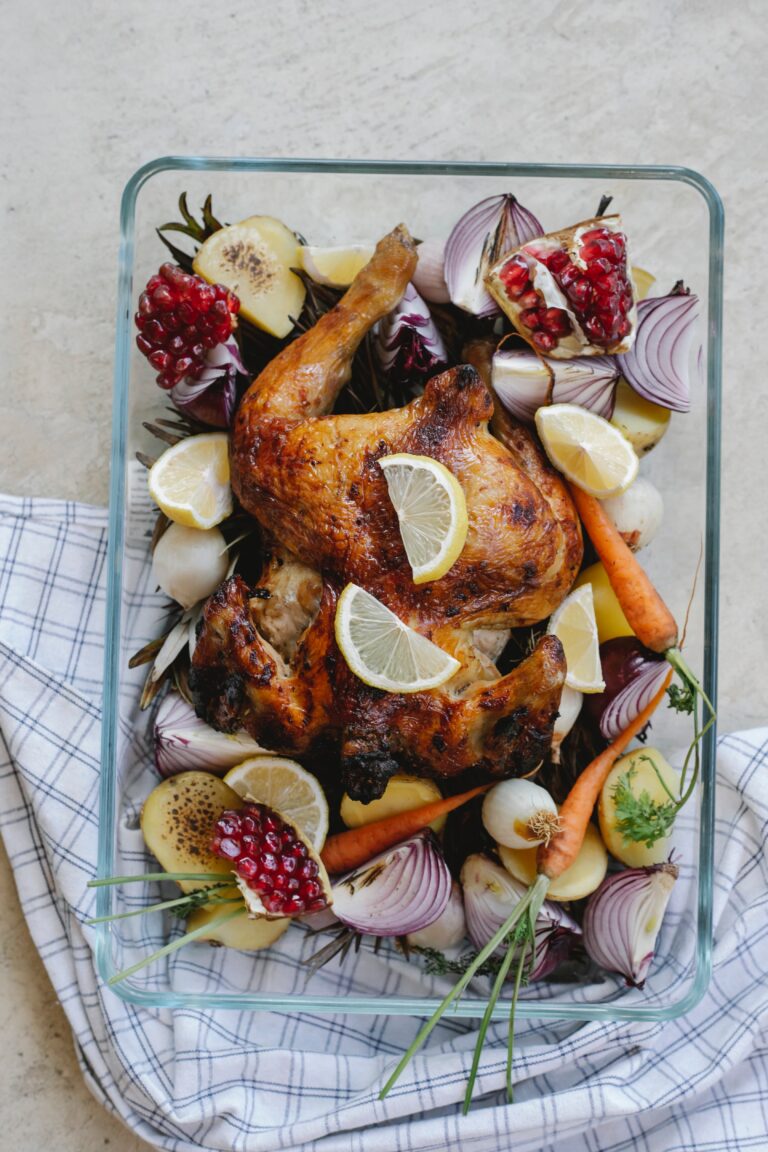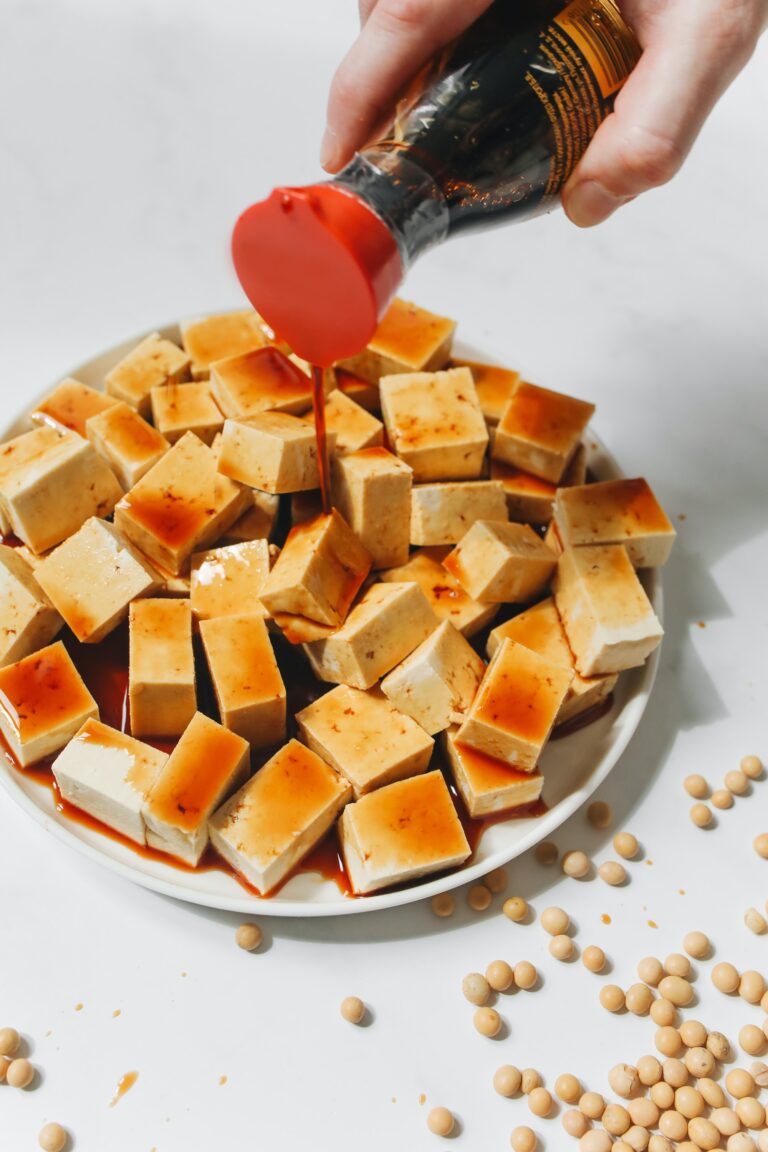
When it comes to healthy eating, choosing the right cooking oil is crucial. Two popular options on the market are extra virgin olive oil and rapeseed oil (also known as canola oil). Both oils have their own unique qualities and can be beneficial for your health in various ways. In this guide, we’ll explore the differences between these oils in terms of their health benefits, cooking applications, and more.
Origin Taste of Rapeseed Oil and Olive Oil
Let’s Talk About Olive Oil
Extra virgin olive oil, often referred to as EVOO, is renowned for its rich flavor and numerous health benefits. It is derived from the first pressing of olives and is the highest quality among all olive oils. EVOO is packed with heart-healthy monounsaturated fatty acids that can help reduce the risk of heart disease. It’s also known for its ability to support mental health and overall well-being.
Let’s Talk About Rapeseed Oil
Rapeseed oil, sometimes marketed as canola oil, is another popular cooking oil. It is extracted from the seeds of the rapeseed plant and is known for its mild flavor and versatility in cooking. Rapeseed oil has a higher smoke point compared to extra virgin olive oil, making it a suitable choice for frying and high-heat cooking methods.
Smoke Point of Rapeseed Oil and Olive Oil
The smoke point of an oil is the temperature at which it starts to smoke and break down, leading to the release of harmful compounds. Extra virgin olive oil has a lower smoke point, typically around 375°F (190°C), which makes it better suited for low to medium-heat cooking, sautéing, and salad dressings. On the other hand, rapeseed oil boasts a higher smoke point, usually around 400-450°F (204-232°C), making it ideal for frying and deep-frying.

Nutritional Profile of Rapeseed Oil and Olive Oil
Both oils offer various health benefits, but they differ in their nutrient profiles. Extra virgin olive oil is rich in antioxidants and contains monounsaturated fats, which can help improve heart health by lowering levels of bad cholesterol. Its polyphenols also contribute to reducing the risk of chronic diseases. Rapeseed oil, while lower in saturated fat than some other oils, contains a good balance of omega-3 and omega-6 fatty acids, which are beneficial for heart health.
Saturated Fat Content
It’s important to note that extra virgin olive oil contains lower levels of saturated fat compared to rapeseed oil. Excessive saturated fat intake is associated with an increased risk of heart disease, so choosing oils with lower saturated fat content is a wise choice for heart health.
Which One is Best for Cooking
When it comes to choosing between these oils for your recipes, consider the cooking method. Use extra virgin olive oil for sautéing vegetables, making salad dressings, and drizzling over finished dishes for a burst of flavor. On the other hand, use rapeseed oil for frying, roasting, and grilling when higher heat is involved.

Can I Substitute Olive Oil with Rapeseed Oil
Yes, you can typically substitute olive oil with rapeseed oil in most recipes. However, keep in mind that rapeseed oil has a milder flavor and a higher smoke point than olive oil, so it may alter the taste slightly and is better suited for high-heat cooking methods like frying and roasting. Adjust the quantity and consider the flavor implications based on your specific recipe and preferences.
Is Olive Oil or Canola Oil Better for Baking
Olive oil and canola oil can both be used for baking, but the choice between them depends on the type of baked goods you’re making and your flavor preferences.
- Olive Oil: Extra virgin olive oil can add a distinct flavor to your baked goods, with its rich and fruity notes. It works well in recipes like olive oil cakes, focaccia, and certain types of bread where the flavor complements the dish. However, it’s essential to use it in recipes where the olive oil flavor is a desirable element.
- Canola Oil: Canola oil, on the other hand, has a neutral taste and a higher smoke point. This makes it a versatile choice for baking, as it won’t impart any strong flavors to your recipes. Canola oil is commonly used in recipes like muffins, pancakes, and cookies, where you want the other ingredients to shine without the influence of a distinct oil flavor.
If you want a neutral oil for baking that won’t affect the taste of your baked goods, canola oil is a better choice. If you’re looking for a unique flavor profile in your baked items and the olive oil flavor complements the recipe, then you can use extra virgin olive oil. Ultimately, the choice between the two depends on your recipe and personal taste preferences.

Is Olive Oil or Canola Oil Better for Frying
When it comes to frying, canola oil is generally considered a better choice than olive oil for several reasons:
- Higher Smoke Point: Canola oil has a higher smoke point compared to most types of olive oil. The smoke point is the temperature at which an oil begins to break down and smoke. Canola oil typically has a smoke point of around 400-450°F (204-232°C), making it well-suited for high-heat frying methods like deep frying and pan-frying.
- Neutral Flavor: Canola oil has a neutral flavor and won’t impart a strong taste to your fried foods. This neutrality allows the natural flavors of the ingredients to shine through in the final dish.
- Health Considerations: While both oils have health benefits, canola oil has a lower saturated fat content than most olive oils. Excessive saturated fat intake is associated with an increased risk of heart disease, so using an oil with lower saturated fat content can be a healthier choice, especially for deep frying.
- Cost-Effective: Canola oil is often more budget-friendly than extra virgin olive oil, which can be a consideration when using large quantities for frying.
That said, there are instances where olive oil can still be used for frying, particularly when you desire its flavor in the final dish or are using lower heat for shallow frying. However, for deep frying and high-heat frying methods, canola oil is generally the better option due to its higher smoke point and neutral taste.

Frequently Asked Questions
Can Olive Oil and Canola Oil Be Mixed
Yes, olive oil and canola oil can be mixed together. Combining these two oils can create a blend with a balance of flavors and properties from each oil, offering a unique taste and versatility in cooking. However, keep in mind that the final taste and cooking properties will depend on the ratio of the two oils used, so you can adjust the mixture to suit your preferences and specific culinary needs.
Are Olive Oil and Canola Oil Saturated Fats
No, both olive oil and canola oil are not primarily saturated fats. They are primarily composed of unsaturated fats. Olive oil is rich in monounsaturated fats, while canola oil is known for its high content of monounsaturated and polyunsaturated fats. Saturated fats are found in higher quantities in oils like coconut oil and palm oil.
Is Butter with Canola or Olive Oil Healthier
Butter with olive oil is generally considered a healthier option compared to butter with canola oil. Olive oil is rich in heart-healthy monounsaturated fats and has a better nutritional profile than canola oil. However, moderation is key, as both options should be used sparingly in a balanced diet to maintain overall health.
Other Helpful Kitchen Guides to Check Out
- Peaches vs Plums
- Chickpeas vs Soy Beans
- Lima Beans vs Butter Beans
- Paprika vs Smoked Paprika
- Coconut Sugar vs Coconut Palm Sugar
- Gorgonzola vs Blue Cheese
- Maple Syrup vs Golden Syrup
Final Thoughts
In the world of healthy eating, both extra virgin olive oil and rapeseed oil have their own merits. Extra virgin olive oil shines with its rich flavor and heart-boosting properties, while rapeseed oil offers versatility in high-heat cooking. Ultimately, your choice depends on your culinary needs and dietary preferences. By making informed choices, you can elevate your cooking and support your overall health.
So, whether you’re whipping up a gourmet meal or simply looking to make healthier choices in the kitchen, these oils can be valuable gifts for your heart and your taste buds. Remember, the rights reserved for good health are in your hands, and the right choice of oil can make all the difference.

Christopher is a food and lifestyle expert, recipe developer and the content creator behind May Eighty Five. With years of experience in the kitchen, he also shares tips, tricks and how to’s that he has learnt over the years. Every week, he shares quick, simple and mostly healthy recipes along with some home and entertaining tips. You will find flavorful cocktails, delicious appetizers, tasty mains and some indulgent desserts. As a home decor enthusiast, he also likes to share simple DIY projects and simple tips for a beautiful home.







